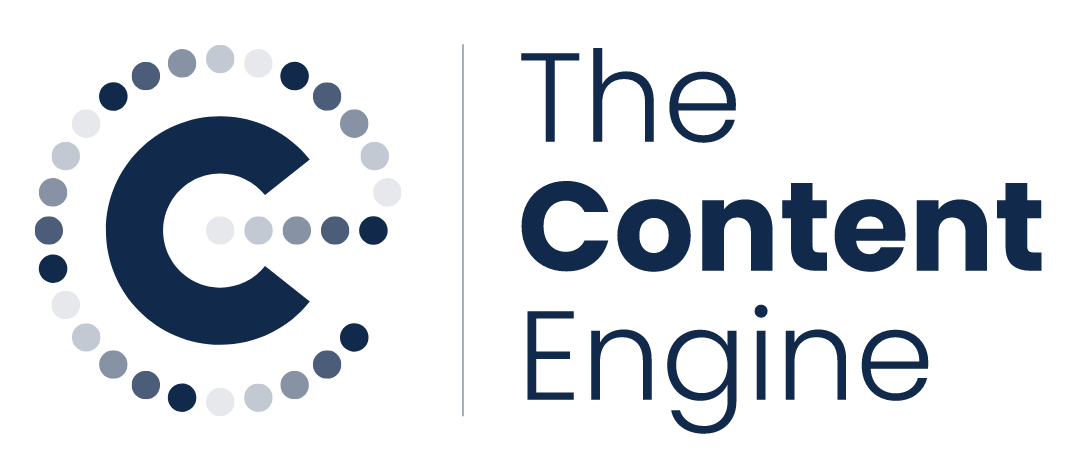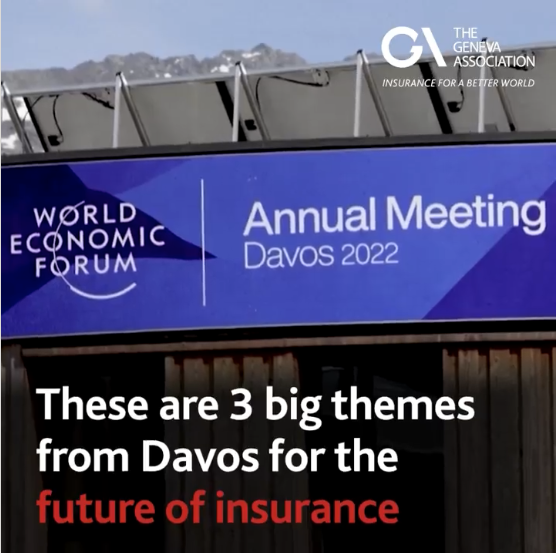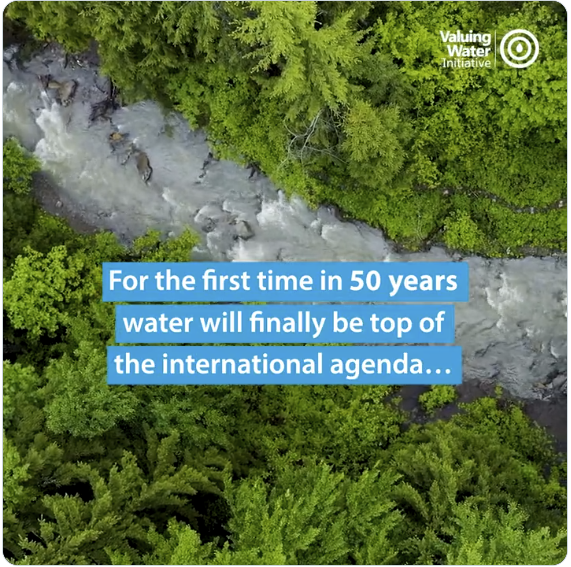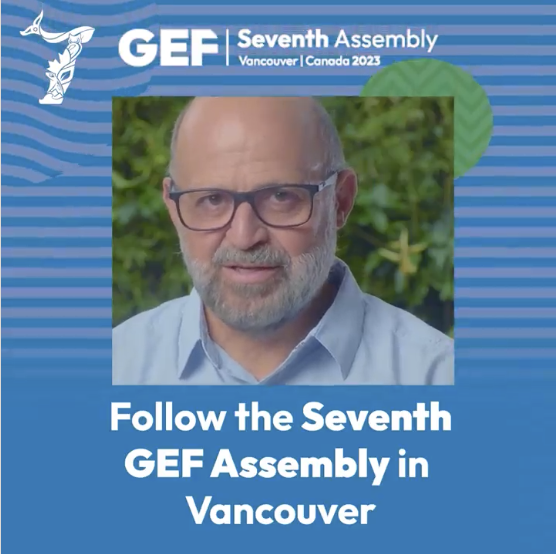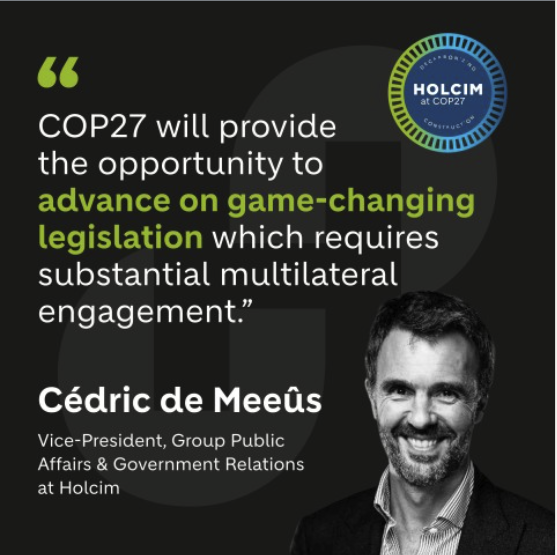How to cover an event: before, during and after
It’s here! The Big Event you’re holding and/or attending, connecting with customers and industry peers from around the world.
You arrive, ready to whip up a frenzy of social posts, videos, blogs and graphics across the week.
You see the stages, you scope out the seminars, you check your sight-lines, you scrutinise the guest list…
And then you watch as it all falls apart. Why?
In short: because there was no proper plan, says our videographer and events coverage guru Nathan Lomax-Cooke.
“Because it was you and a stressed-out intern on the ground, trying to get across everything with a seminar programme, an iPad and a lot of caffeine,” says Nathan.
“Because after grabbing what video, quotes and notes you could, everything got stuck for three weeks awaiting sign-off.
“Because by the time your content went live, the post-event fizz had died out .”
After years of covering Davos, UNGA, COP and hundreds of industry events for a wide range of organisations, we’ve shared our advice for maximising your event coverage. Here’s a few favourites from our Content Engineers:
It all starts with a timeline…
3 months and counting
As soon as you commit to an event, work backwards from Day 1 at that event. Three months beforehand is the time to figure out your strategy.
Work on a content plan for what you want to publish before, during and after the event. This should be led by what you want to achieve with the content. What message do you want to get across? To what audience? Where? How?
“Plan posts around who you want to reach and where they hang out,” Nathan advises. “Talk to your audience – not yourselves.”
Get your people together. “Assign roles,” says Nathan, “and be sure everybody owns their role – or it will never happen.”
Keep the circle small. A small, tight team is better than a sprawling large one.
We’ve found more people involved means more time spent awaiting decisions, meetings and buy-in.
2 months and counting
Start posting. At The Content Engine we recommend posting a mix of content in the run-up. “Starting to post about two months ahead of the event keeps it relevant - and it can help you work out what sticks,” says Nathan.
Working smart at this stage can pay off right from the start. At The Content Engine we follow a principle of environmentally-sound content production: Use, reuse, recycle. Plan to extract as much content value as possible from every recording or panel appearance.
Remember, each piece of content should link back to your strategy. Are you trying to raise awareness of the event, encourage participation or shape the agenda to influence proceedings?
“Most people don’t like to feel like they’re watching a promo,” explains Nathan. “Outside-in content around the topic can be much more effective. That way you’ll get people interested in the topic, which in turn gets them interested in your contribution.”
1 month and counting
Plan the day-to-day. Use the agenda to help determine who’d like to interview whom, and when. This will give some framework to your coverage and allow you to map out timelines more precisely.
“If you’re filming video, allow time in your plan also for B-roll shooting, for atmosphere,” says Nathan, “wide shots at panel events, around the expo area and among visitors.”
Planning event coverage is like tipping over a series of dominoes.
If even one domino is missing, you’re going to have problems when things get going.
0 months - The Big Event
With a mix of one-to-one interviews, panel coverage and event highlights, you should have enough material to create live updates as well as overarching round ups.
The team on the ground will already know what tasks fall to them and can follow them through at speed, from lining up interviewees to sharing footage with your content creators for on-the-fly posting to editing and delivering.
Don’t overload one person with too much, warns Nathan.
“An interviewer should be free to warm up interviewees with chat - they shouldn’t have to manage the camera and sound at the same time.” Likewise, putting one person in charge of social updates, capturing shots and communicating with the team back at HQ can lead to chaos.
Sign-off can be your biggest stumbling block - make sure you have a dedicated client sign-off person back at base, ready to field and get back to you within the day.
(By the way, if all the above sounds overwhelming, remember your team can include us.)
After the event
You should have a wealth of material, feeding into longer form video and articles – and a bit more time to produce it. Here’s where our recycling policy pays off.
Events take a great deal of effort and investment - it would be nothing short of irresponsible to let it all evaporate just because the banners have been taken down. You’ve grown an audience in the run-up and throughout, collected new ideas and learnings, and generated plenty of new visual content (hopefully).
All too often content teams collapse post-event, inadvertently losing all the momentum they’ve built. After sinking a few celebratory cordials and sleeping for 24 hours, it’s time to start planning the post event follow-ups.
When the final speaker puts that mic down, a new campaign begins.
We often help transform communications from event-specific to year-round engagement. It’s an easy way to amplify your presence beyond the limitations of a single event.
The Content Engine team are seasoned pros with event coverage. Reach out and take the first step towards boosting your event coverage.
